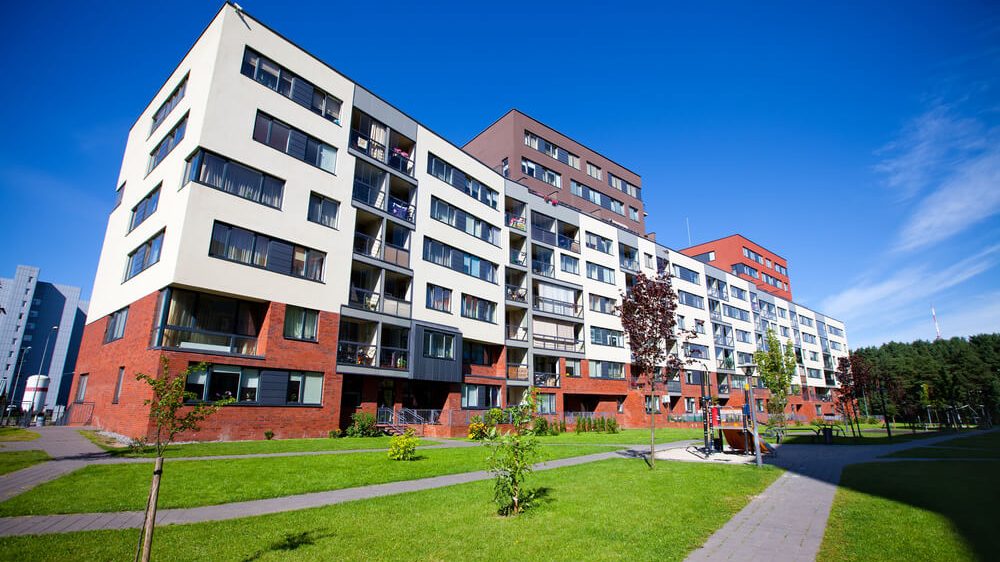Size Matters: Investigating Operating Expenses Across Multifamily Product

The volume of investment in the multifamily segment has grown considerably over the last 10 years, and cap rates have compressed to record lows. According to Real Capital Analytics, the dollar volume for multifamily transactions has grown to over $131 trillion as of 1st quarter 2016, up from $106 trillion reported in 1st quarter 2006. In recent years, Fannie Mae and Freddie Mac have driven most investment activity, followed by banks. Over the latest development cycle, higher-yield investment opportunities in multifamily have generally become more difficult to identify and pursue; margins for NOI grew for product under the purview of institutional players, generally. As such, institutional owners and operators place greater emphasis on operational efficiency and spend management.
With this in mind, multifamily product is widely diverse in terms of composition of structure, height, number of units, amenities, as well as other characteristics. As such, there are multiple strategies firms can adopt to mitigate expense and some have a better track record of executing this than others. Using expense data from NCRIEF, the focus of this piece is to highlight where expenses have been contained the most (and least) across different multifamily product. This piece probes the relationship of total expenses and total income over time, but does not explicitly examine margins of NOI.
Expense Ratio for All Multifamily Product
First, using an expense ratio, we can confirm operating expenses for professionally managed apartment product has trended down over the last 10 years. On average, all apartment product registered an expense ratio of 0.43 during this time frame. The operating expense ratio is determined by taking total expenses and dividing by total rental income. This is a useful metric in measuring operational efficiency and can be leveraged in investigating any industry. Further, it’s important to note we are taking total expenses, which include both operating and non-operating expenses. Operating expenses include items such as maintenance activities, utilities, property taxes, insurance, management fees, where as non-operating expense include costs such as interest expense. These factors and changes of these factors over time offer some insight into how effectively these assets are managed, specifically with respect to cost mitigation over the last 10 years.
Expense Ratio by Product Type
Going beyond all multifamily product, we can segment all multifamily sampled by product type. As expected, expense ratios have declined for all types of products defined by NCREIF. NCREIF segments product into three categories: low rise, buildings with three stories or less; garden style, which are low-rise buildings “on a sizable landscaped plot, under one management;” and high rise, which have four or more stories. Looking at the data, there is some variation between each product group. Despite wide swings in the low-rise segment from mid-2007 through early 2010, this product group generally registers the greatest operating expense ratio. Next, lower operating expense ratios are followed by close competition between high-rise and garden-style product. Generally, high-rise product commands greater rents relative to garden-style, yielding greater NOI, which could offset greater operating expenses. Nonetheless, the operating expense ratio for high-rise and garden-style product closely trace each other, suggesting greater emphasis on effective cost containment for garden-style product.
Expense Ratio by Number of Units
Scale is another key consideration. The chart above segments properties based on the number of units in each property that is captured by NCREIF. The most interesting (and obvious) takeaway is the operational economies of scale in play: apartment properties with more than 150 units maintain an expense ratio as much as 58 basis points below apartment properties with fewer than 150 units over the last 10 years. We selected this break in number of units to ensure there is enough viable sample – testing breaks below or above this level created largely uneven sample. Conventional wisdom dictates that it is more cost effective to operate a property with greater number of units as the marginal cost to maintain an additional unit continues to fall the more units are at a property. This concept can be applied to other industries as it relates to operational efficiency.
Available Now: Apartment Market Research Data Reports
All told, multifamily product is highly differentiated and requires different operational approaches to optimize operational efficiency. With this in mind, better understanding of how expense ratios vary over different multifamily product is just one component in shaping a sound investment strategy.






